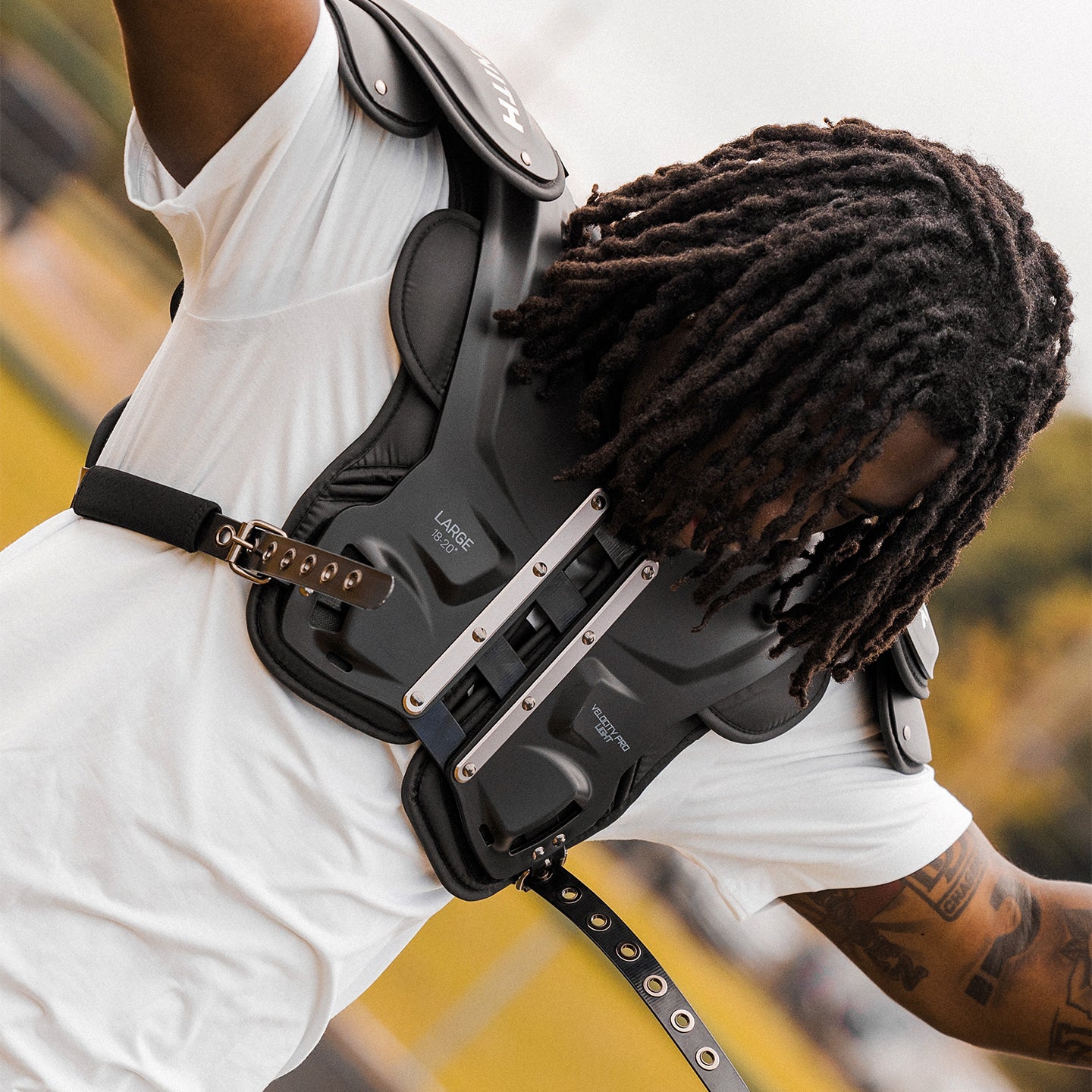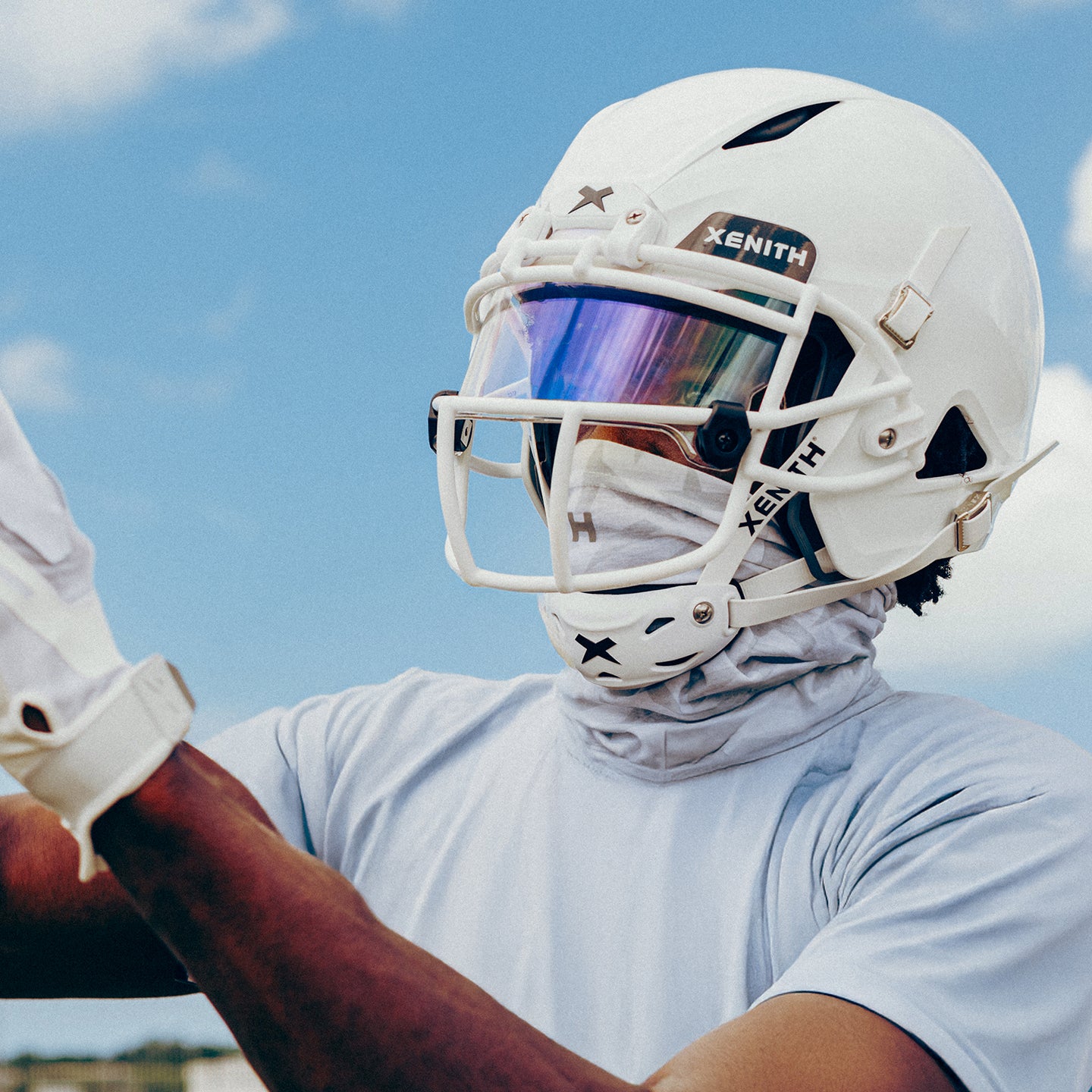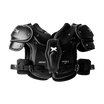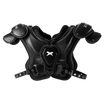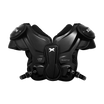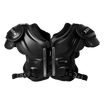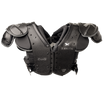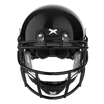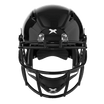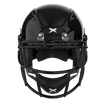Concussion Awareness
Your Safety Is Our Top Priority
No helmet can eliminate serious head or neck injuries in football. Moreover, certain situations may result in a concussion even without any contact to the head. That's why it's so important to be aware of concussion symptoms.
This page is meant to serve as a resource for parents/coaches to help recognize and respond to concussions or suspected concussions in athletes.
Below is a list from the Center for Disease Control and Prevention (CDC) of possible signs and symptoms that could indicate a concussion has occurred:
|
SYMPTOMS REPORTED BY ATHLETE
|
Xenith strongly encourages coaches, athletes, and parents to observe their athletic program's established protocol.
To help ensure the health and safety of young athletes, the CDC developed the HEADS UP Concussion in Youth Sports initiative to offer information about concussions to coaches, parents, and athletes participating in youth sports.
If you suspect an athlete is experiencing concussion symptoms, here is an action plan to follow:
1. Remove the athlete from play.
2. Ensure the athlete is evaluated by a trained health care professional.
3. Keep the athlete out of play until proper medical clearance is provided. An athlete should only return to play following permission from a health care professional.
For more information on action plans, visit CDC's Basics on Responding to Concussions.
Helmet maintenance is also necessary. Yearly reconditioning and proper fitting is essential for making your football helmet as safe as the day you purchased it.
For more tips on how to correctly fit your football helmet, see Xenith's online helmet fitting guide.

